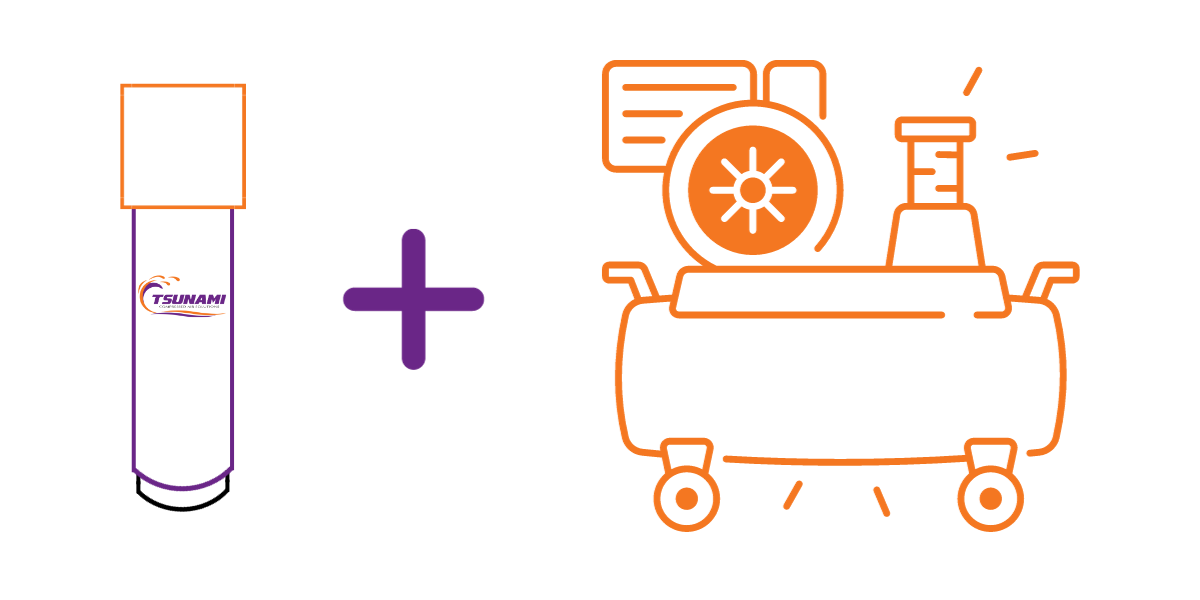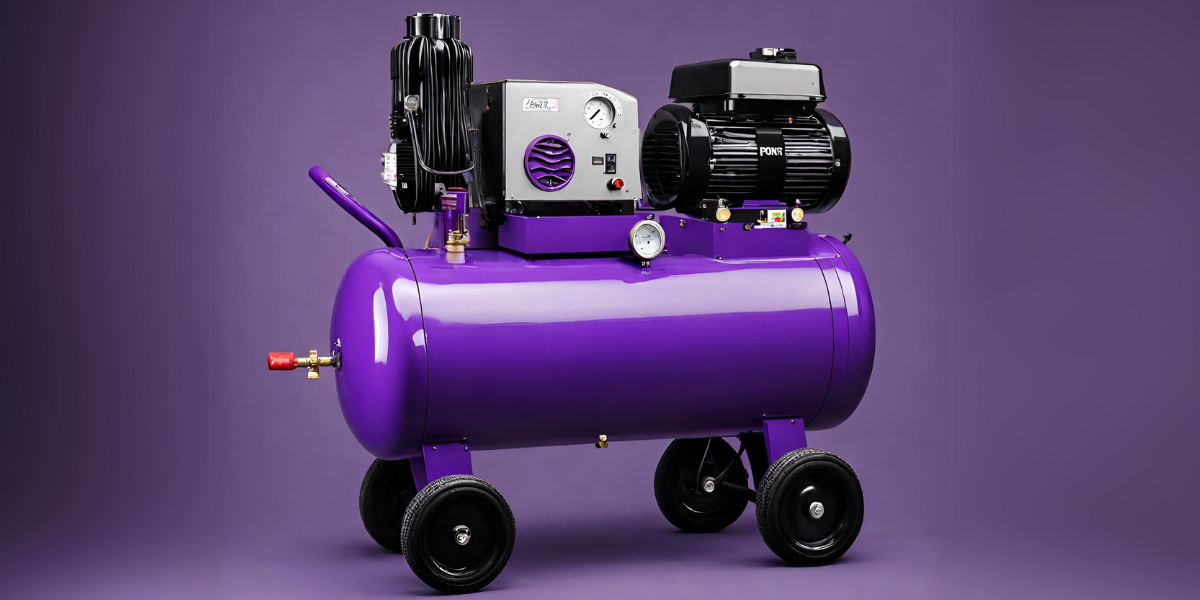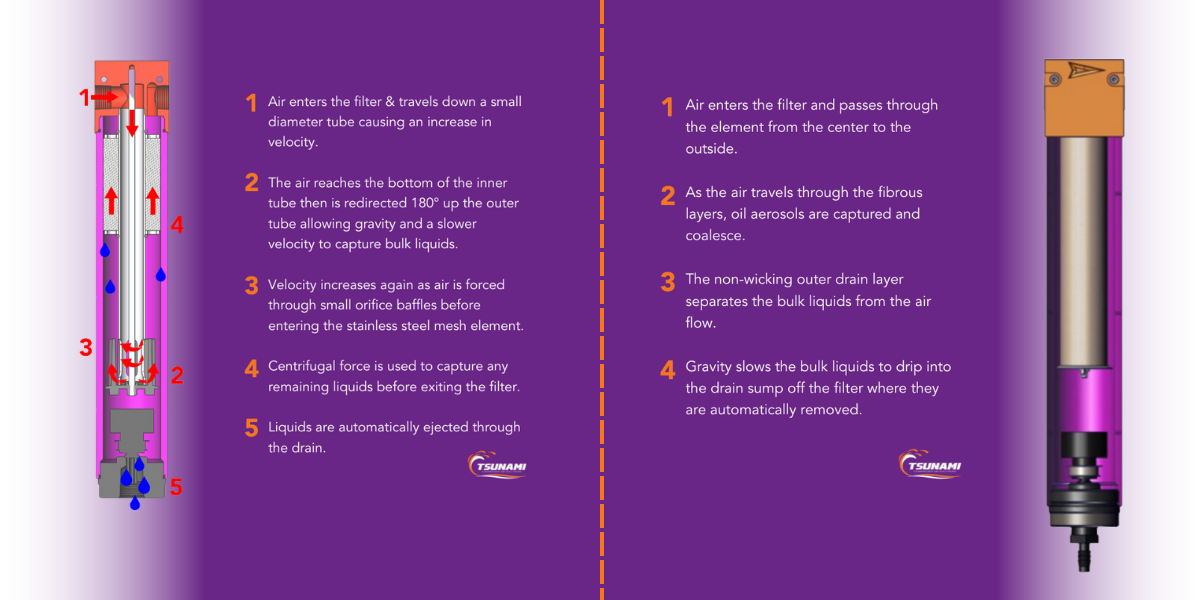3 min read
Does Your Compressed Air System Need an Air Filter?
Tsunami Team
:
Jan 30, 2024 10:54:58 AM

Air compressors play an important role in several different industries and applications. When your air compressor is being used for a vital component in a process, it is imperative it's up to standards so your final product is exactly how you expect it to be. Maybe your air compressor hasn't been giving you the results you are wanting out of it. Although alarming, it doesn't mean you need to throw it away - but your air compressor probably requires some extra help to get the job done. There's a chance all your compressed air needs is a downstream compressed air filter. Let's talk about why.
In this article, we'll discuss the important role an air filter plays on a compressor:
- What does an air compressor do?
- Do you need an air filter?
- Which air filters you need
- The rule of 20
- Getting started on you air filter journey
What does an Air Compressor Do?
When an air compressor is running, it goes through a few different processes. First, it pulls the ambient air containing dust, particulate, oils, or water vapors in the system. Then, it compresses it down into a smaller area to store energy eventually used to carry out the function of its downstream application. Air compressors also create heat which not only raises the temperature of the air, but the increased air temperature also allows the compressed air to hold more water and oil in vapor form which will eventually cool as the air goes downstream.
All of these compressed particulates, oils, and vapors (water and oil) in the air can harm the downstream applications and equipment utilizing the compressed air. Which is why best practices suggest removing them completely at the point-of-use.

*At this time, Tsunami does not manufacture air compressors
Do you need an air Filter?
The short answer: yes.
It is extremely important to have an air filter to pull out unnecessary particulates because they can hinder the results of your critical application. This can lead to increased costs, labor, and unhappy customers - no matter the industry.
When taking a look at air filters, it can appear overwhelming at first. Let's quickly walk you through what each filter does when installed at your application or equipment.
Which air filters do I need?
The two main air filters required for compressed air applications are water separators and oil coalescing filters. We are going to cover the filter basics to understand the contaminants each filter removes, the particulate size being removed, the filter efficiency, and what the filters are made out of.
Water Separators
Removes: bulk water and oils
Particulate Size: down to 1 micron
Efficiency:
- 10 micron at 99%
- 1 micron at 93%
Constructed from: anodized aluminum and stainless steel
Oil Coalescing
Removes: oil, oil mist, and aerosols
Particulate Size: .01 micron
Efficiency:
- 99.99%
Constructed from: anodized aluminum
Wondering what makes Tsunami's Water Separator different? Download the guide here!
The Rule of 20
To understand why a compressed air filter is needed, the rule of 20 explains it all.
The rule of 20 states:
For every 20 oF that air cools, 50% of the water vapor condenses from a gas to a liquid.
If you're thinking "what does that even mean?," we are here to break it down for you. Basically, when water first enters the air compressor, it's a gas - but after the compression process, the stored compressed air holds the maximum amount of water vapor it can hold and condenses and releases the remainder as a liquid in the tank.
As the water vapor entrained air travels downstream and throughout the piping system, the air cools which condenses water vapor into a liquid, thereby harming downstream applications or tools.
That's why proper filtration near your compressor (mainline filter) and near your application or equipment (point-of-use) is essential to keeping your compressed air system clean and your tools running smoothly.
*Pro tip:
No compressor should be manually drained. You can attach an electronic drain to your compressor tank or in a drop point, set the time for actuation, and the interval for how long you want it open.
Getting started on your Inline air filter journey
Having a main line compressed air filter installed to your compressor provides a first line defense for quality air to your pneumatic applications and tools downstream. Installing point-of-use filters directly in front of your application ensures consistent and reliable results you can replicate time and time again. We recommend this air compressor solution so you can discover the benefits of enhanced system performance, reduced operational costs, and avoid unnecessary downtime.
Ready to get started? Contact a compressed air professional to help you embark on your air filter journey.


